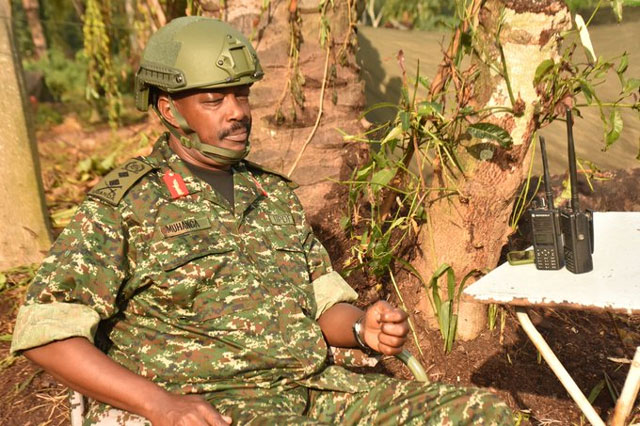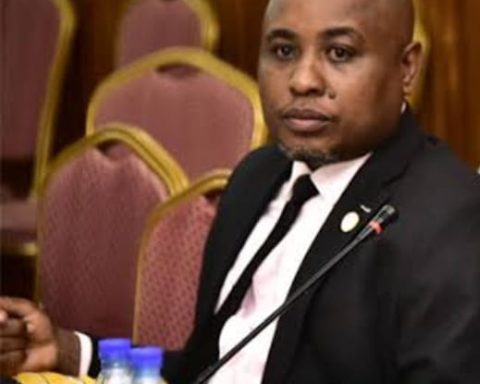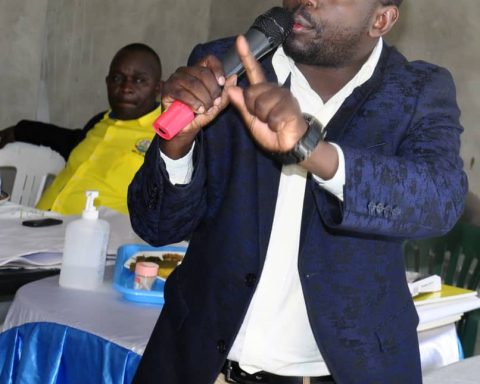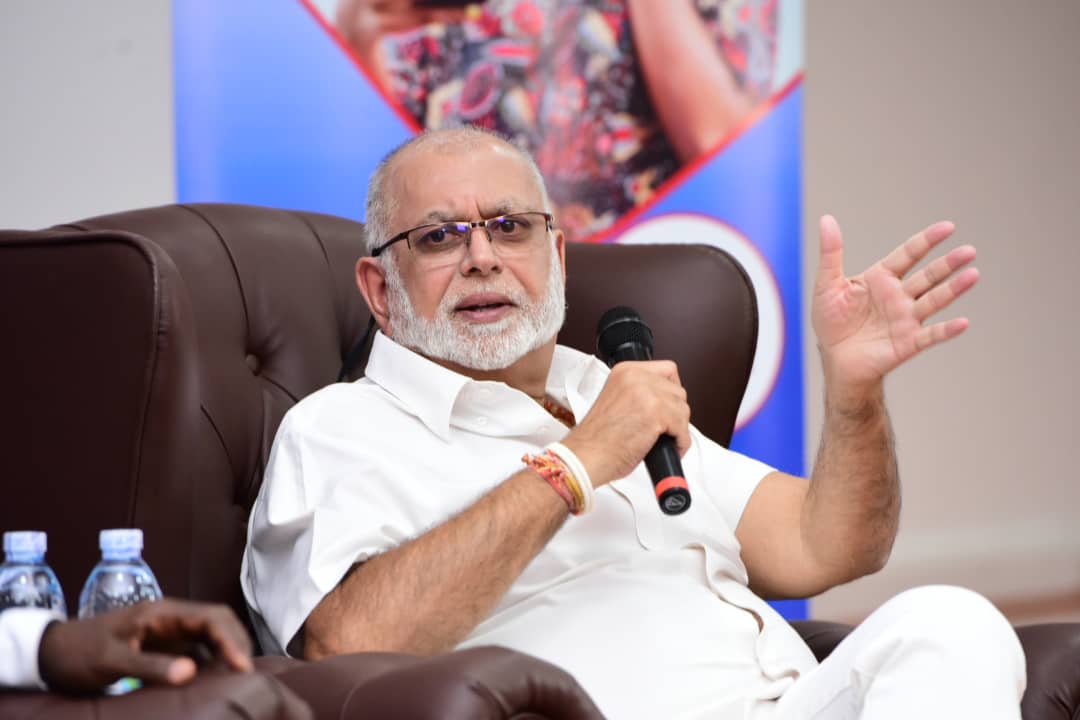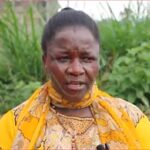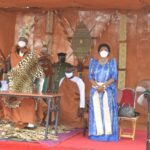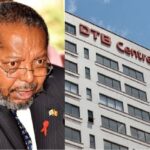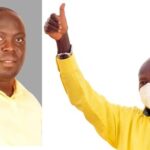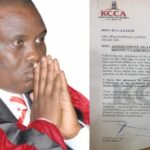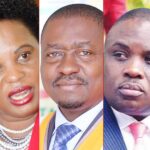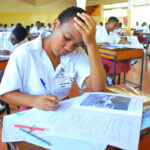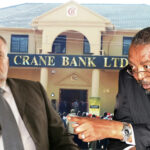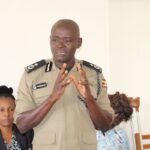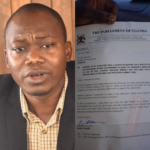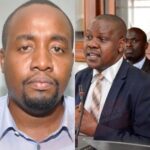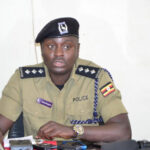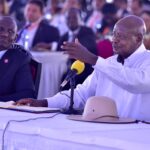Finally, Uganda launched military strikes on the positions of the Allied Democratic Forces (ADF) inside the Democratic Republic of Congo (DRC). It happened sooner than expected and caught some by surprise. Even when the spokesperson of the Uganda Peoples Defence Forces (UPDF), Brig. Flavia Byekwaso tweeted on the morning of Nov. 30 about the pre-dawn air and artillery strikes, she had been on a television interview the night before unable to tell when Uganda would press the launch button.
Ordinarily, that would not be a surprise as spokespeople are not usually in the loop on such sensitive matters but what analysts and observers of the Great Lakes region have been pondering about is the fast moving plotline of events where Uganda and DRC are involved.
Leaders of both countries have been closely engaged in talks over the deployment, joint road construction projects straddling the two countries are underway and just a week before the strikes, the Summit of the Heads of State, the highest ranked organ in the East African Community (EAC), received a recommendation from its Council of Ministers to admit the DRC in the regional bloc.
That same day of the attack launch, Gen. Wilson Mbadi, Chief of Defence Forces of the UPDF and his DRC counterpart Gen. Célestin Mbala Munsense signed an agreement for the joint air and artillery strikes.
Sources say Maj. Gen. Kayanja Muhanga, the Commander of the UPDF Division, based in Kasese crossed into DRC territory with foot troops as the air onslaught on ADF intensified. Uganda used jets to strike ADF camps named Madina I and II. The capital times could not confirm whether these were the Sukhoi Russian-made jets that Uganda purchased in 2011.
However reports said UPDF used similar jets as it using right now to shell ADF positions in reprisal attacks in 2017 after the rebel group attacked sections of the Ugandan population near the two countries’ borders. Uganda’s superior air power over ADF has been cited as a tactical advantage over the militants who are not accustomed to fighting conventional war but rather terrorist attacks in public places and lone wolf assassinations.
The Ugandan force has garnered significant tactical and strategic experience taking on Islamic militants Al Shabaab in far off lands like Somalia. The complexity of any war notwithstanding, the experience of UPDF troops in countries like Equatorial Guinea, South Sudan, and Central African Republic has given the Ugandan army an international reputation.
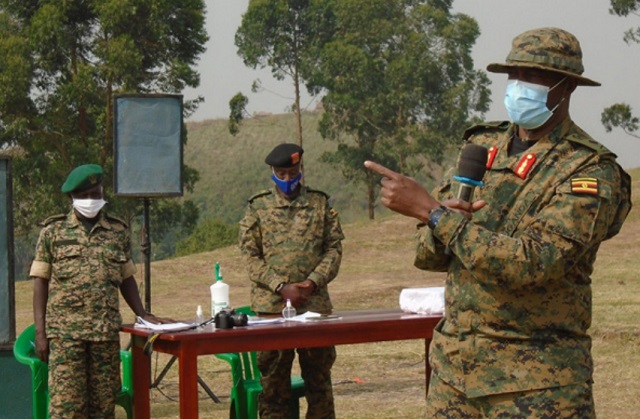
“Following the targeted actions carried out this morning with the Ugandan army, it was agreed after evaluation to continue in-depth operations by the special forces of two countries to clean the positions of the terrorists affected,” tweeted Patrick Muyaya, DRC minister for communications and the media, on Nov.30.
Muyaya’s statement means the Ugandan army is in for the long haul which means the government will have to scrape by for tonnes of cash to fund the operation. The operation could become a logistical nightmare because of the territory the troops are delving in.
Details are scanty but going by previous UPDF operations, the incursion may involve not less than 1000 troops involved in combat, search and mop up operations as the battle progresses deep in the areas of North Kivu.
Old rivalries
According to some media reports, Rwanda has voiced its opposition to the deployment of Ugandan troops in DRC. The lingering tensions between Uganda and Rwanda have always had a Congolese dimension.
Both Presidents; Museveni and Kagame are close to their DRC counterpart Felix Tshisekedi.

A few weeks ago, Kagame was in Kinshasa, the DRC capital, for a conference on masculinity and the two leaders have met often in the close to three years Tshisekedi has been in office. The same applies to Museveni and Tshisekedi. They worked together on the current deployment of Ugandan troops in Congolese territory which had been in the offing for several months. But before that, they worked closely on the joint 223km road under construction that runs from Kasese to Congolese towns like Beni.
Tshisekedi has played an active role in the Angola-led mediation efforts between Museveni and Kagame. To many, Congo trying to make peace between the two countries was a dramatic reversal of events after years of the two using the country as an arena to test their artillery and fight out their squabbles.
Uganda took part in the first Congo war to oust Zaire (DRC’s previous name) leader Mobutu Sese Seko in a joint effort with Rwanda in 1996. After Mobutu’s toppling, the two countries fell out with his successor Laurent Kabila and as the war dragged on, Rwanda and Uganda fell out leading to a brutal clash on Congolese soil in what was named the second Congo war.
In the 2000s, the Ugandan army fighting in the trenches of DRC did not have the sophisticated airpower it is applying to rout ADF militants. The army then led by Brig. James Kazini under whom allegations of malfeasance were a mainstay, did not have a lot of goodwill for the invasion, both locally and internationally. Rwanda also faced international criticism for its involvement in the war.
The lingering tensions between Uganda and Rwanda keep playing out and the most recent flare up was in early November when fighting between M23 rebels and DR Congo government troops in the North Kivu province of DRC sent thousands of people fleeing into Uganda.
A statement on Nov. 9 by the Rwanda Defence Forces (RDF) on the M23 militia raised some eye brows. In the statement, Rwanda distanced itself from M23 but stated that the militia “has been based in Uganda from where this attack originated, and to where the armed group retreated.”
The M23 militia was defeated by DRC government troops at the end of 2013 but it has caused sporadic skirmishes since then. The group’s presence is a source of unease in the volatile area where three countries lie.
When the M23 wreaked havoc in eastern DRC in 2012, Uganda and Rwanda were strongly accused of backing the group and there was notable evidence of their backing. Therefore, some analysts of the Great Lakes region read the RDF statement with apprehension given the looming incursion by the Ugandan army at the time.
In his book on the incessant wars in the Congo Dancing in the Glory of Monsters, American journalist Jason Stearns wrote about the interests of both Uganda and Rwanda as they got entangled in war in their vast neighbour.
“Since the beginning of the first Congo war in 1996, the two countries had been able to maintain the pretense that they were involved in the Congo out of domestic security concerns even when this illusion became difficult to maintain- Why were their troops stationed three hundred miles from their borders?”
Stearns argued like most observers that the war was about the control of Congo’s resources. “To many, the battle in one of the region’s main hubs of the diamond trade was the final proof that the two countries were really just seeking self-enrichment.”
Eastern Congo is a haven of militants and armed groups who have roamed the area for decades. Provinces like Ituri and North Kivu are mineral rich which makes a dangerous combination where the groups are able used to use mineral trade to finance their operations. Some of the known militias there are Mai Mai, the FDLR et al.
A 2019 Final report by a UN Group of experts on DRC noted: “The Group found that armed groups continued to finance their activities through the illegal mining of tin (cassiterite), tantalum (coltan) and tungsten (wolframite), thereby contaminating the supply chain.”
The ever present armed groups are said to be the reason the Congolese national army, Forces armées de la République démocratique du Congo (FARDC), is unable to exert dominion over the area- making it an everlasting security concern for the neighbouring countries.
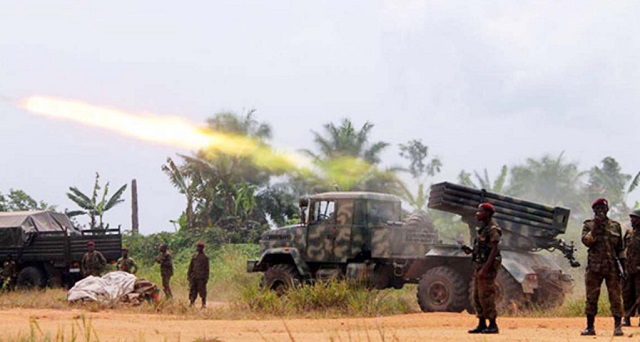
Opposition to the war
However the UPDF attack on ADF did not go down well with opposition Members of Parliament because the government did not seek authorisation from the House. Francis Zaake, MP for Mityana Municipality, cited Article 210 of the Constitution which stipulates that the government must seek approval from MPs before going to war.
He also pointed out Uganda’s bad record in the DR Congo, which led the International Court of Justice in The Hague to order Uganda to pay $13 billion in reparations to DR Congo over looting and destruction in DRC during the first and second Congo wars between 1996 and 2003. The International Court of Justice (ICJ), a UN-backed court, last held hearings on the case in April.
Francis Mwijukye MP for Buhweju County also said the deployment of Ugandan troops in the neigbouring country has repercussions on the public purse when due process is not adhered to.
“You can imagine where they will come to us and ask if they need more money after having used money for actions without notice to Parliament. We demand an explanation from the President because ADF in Congo may be a problem but we can guard our borders,” he said, adding: “We can just guard our borders; the role of UPDF is not to go on war mongering everywhere but to guard the borders so that the UPDF does not invade Uganda.”
Mwijukye has a point because days after Uganda massed troops in South Sudan to save President Salva Kiir and his fledgling government from collapse in 2013, the army top brass and Ministry of Defence officials came rushing to parliament for cash. President Museveni deployed troops to Juba after war broke out between forces loyal to Kiir and his sacked vice president Riek Machar.
![]()

